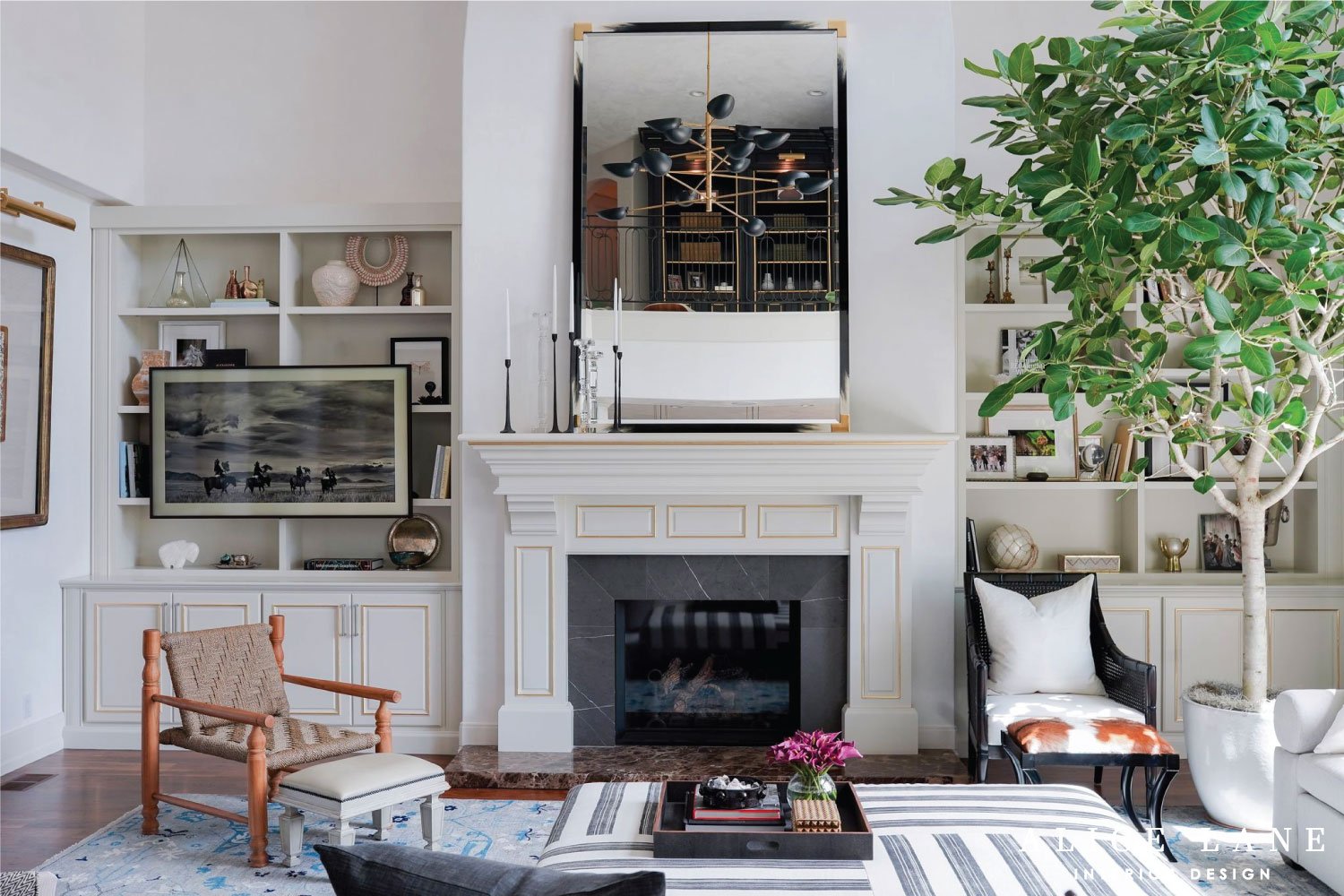Crafting spaces for emotional well-being
In the hustle and bustle of our daily lives, our surroundings play a significant role in shaping our moods and emotions. One often underestimated factor that influences our well-being is interior design. The way we arrange and decorate our living spaces can have a profound impact on our mood, affecting everything from relaxation to productivity. In today’s blog post, we’ll delve into the intricate relationship between interior design and emotions.

Colors and Emotions:
Colors are powerful communicators of emotion. Interior designers carefully choose color schemes to evoke specific feelings. For instance, warm tones like reds and yellows can create a sense of warmth and coziness, while cool tones such as blues and greens promote calmness and tranquility. By understanding color psychology, one can strategically use hues to shape the emotional atmosphere of a room.
Lighting for Ambiance:
The type and intensity of lighting in a space can significantly influence mood. Natural light is often associated with positivity and energy. Dimmer, warmer lights can create a cozy and intimate atmosphere, perfect for relaxation. On the other hand, bright, cool lights can enhance focus and productivity in workspaces. Balancing lighting to suit different activities throughout the day can contribute to a harmonious living environment.
Furniture Arrangement and Flow:
The layout of furniture in a room affects the flow of energy and can impact our emotions. Cluttered and disorganized spaces can lead to feelings of stress and unease, while well-arranged furniture can create a sense of order and harmony. Thoughtful furniture placement also contributes to the functionality of a space, making it more enjoyable and inviting.
Personalization and Comfort:
Spaces that reflect personal tastes and memories tend to have a positive impact on mood. Surrounding oneself with items that hold sentimental value or bring joy can create a comforting and uplifting environment. Additionally, comfortable furniture and soft textures contribute to physical well-being, enhancing the overall mood of a space.


Nature and Biophilic Design:
Incorporating elements of nature into interior design, known as biophilic design, has gained popularity for its positive impact on well-being. Indoor plants, natural materials, and views of nature can reduce stress, increase productivity, and promote a sense of connection to the environment.
Interior design is not merely a matter of aesthetics; it is a powerful tool that can shape our emotions and enhance our overall well-being. By understanding the interplay of colors, lighting, furniture arrangement, personalization, and biophilic design, individuals can, and designers will create spaces that foster positive moods and emotions. Whether it’s a cozy corner for relaxation or a vibrant workspace for creativity, thoughtful interior design has the potential to transform our living spaces into havens of emotional well-being. So, let’s embrace the art of crafting spaces that not only please the eye but also nourish the soul.




